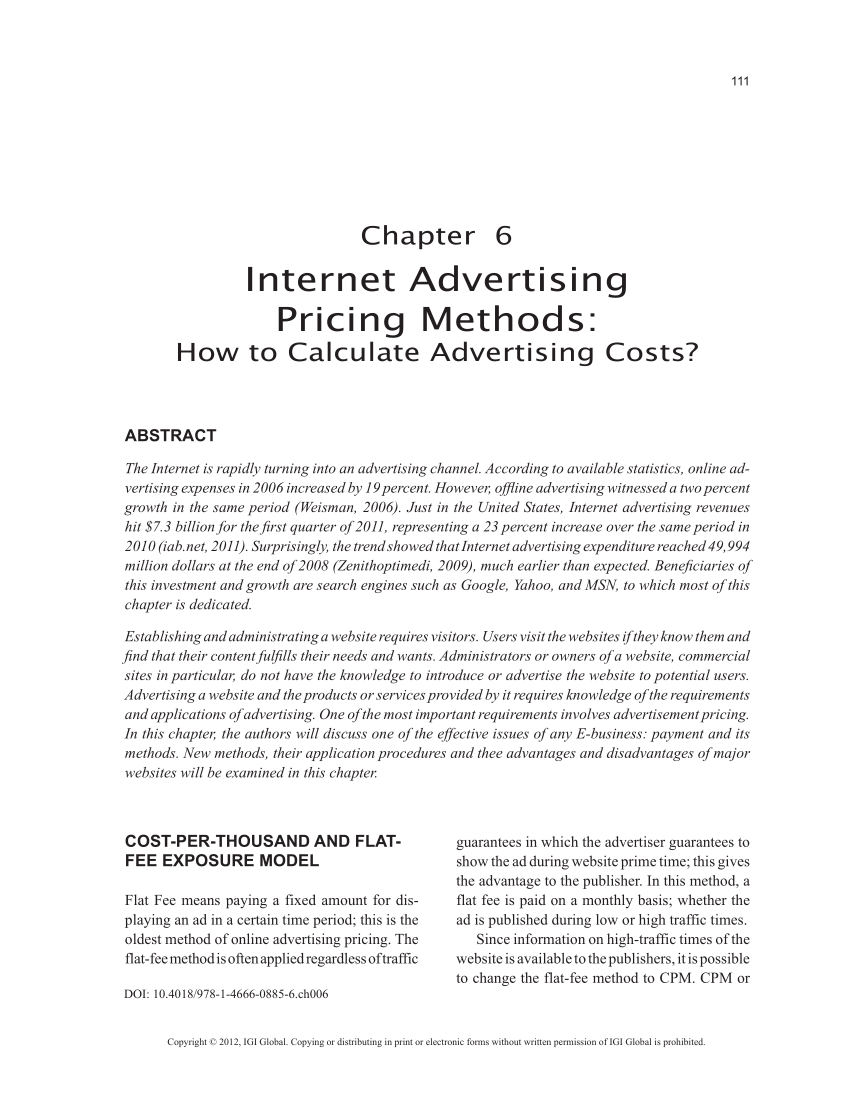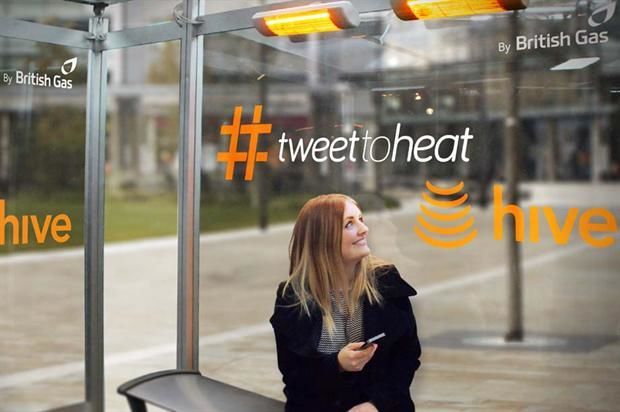
In recent years, targeted TV advertising has become more popular. Targeted TV advertising can not only increase reach but also help brands to build their brand. But before targeted advertising became mainstream, it wasn't necessarily a good choice. A targeted commercial could look like a 30-second spot, but it was usually scheduled weeks in advance. Most often, though, a commercial is simply mass market messaging.
Consumers have the ability to personalize their TV viewing experience, which is one of the main benefits of targeting TV ads. They can choose which ads they wish to see during commercial breaks. This is more effective than seeing the same ads over and over again. But, reaching the right audience isn't always easy.
Advertisers must first find a way for TV advertising to be more consistent. It means combining technology and data to achieve precise targeting. There are two types of targeting: addressable TV (AT) and connected TV (CTV). CTV is most commonly used for targeted advertising. Connected TV, a programmatic advertising platform, allows marketers the ability to target viewers based their demographics, behaviours, and other characteristics.

Additionally, companies can enjoy a new type of viewing that offers a host of new benefits. Marketers can improve their branding strategies with streaming services like Netflix or Hulu. They can help increase awareness for a product that is only available online. These kinds of new viewing experiences could change the way that we see TV ads.
QR codes offer another way for marketers to market their products. These nifty little gadgets can be used to explore a product, make a purchase, and even explore a company's story. While QR codes have been around for a while, they have become more popular in recent years.
Cadent's Aperture Platform is an example of such a tool. It allows advertisers to create audience segments with first- and third-party information. Although it might not be the most exciting feature, it is still a must-have for marketers.
Infomercials are another popular form of targeted television. Infomercials offer an opportunity to get a discount or premium on upsell or cross-sell products. An infomercial should be well-written and convey the product with authenticity. Also, witty and attractive commercials are a great way attract viewers.

Advertisers should consider both their brand's consumer and how they can make their TV ads convincing. An infomercial that is well executed should be able create a need in the mind of the viewer. If the consumer has a desire to use the product, it is easier to develop a relationship.
Data is the next step in making better decisions about the TV ad. Advertisers can use technology and data today to optimize their media campaigns to achieve their business goals.
The future of TV advertising is interactive because more consumers are turning to streaming services and online content. With more consumers watching over-the-top content and cutting the cord, marketers have to think creatively about how to engage their audiences.
FAQ
How do I choose my target audience?
Begin with you and your closest friends. Ask yourself "Who am I trying reach?" if you aren't sure where to start.
These are some questions to ask yourself: Who is the most influential person in my industry? What problems do they have to deal with every day? Which people are the most intelligent in my industry? They hang out online.
Take a look back at how you started your company. Why did you begin? What problem did you solve for yourself, and how did you do it?
These answers will help you identify who your ideal clients are. You'll also learn more about what makes them tick and why they buy from you.
It is also possible to look at the websites and social networks pages of your competitors to get insight into who they cater.
Once you identify your target customers, then you must decide which channels to use to reach these people. If your company offers services to real estate agents you might make a website that targets home buyers.
A blog could be created if your software is offered to small businesses.
If you sell clothing, you can create a Facebook fan page for teens. A Twitter account could be set up by restaurant owners to allow parents to search for places that are kid-friendly.
This is the point: There are many ways to communicate your message.
What are the basics of television advertising?
Television advertising can reach a lot of people quickly and is very effective. It was also extremely expensive. It is powerful, however, if it is used well.
Although there are many types of TV ads available, they all share certain characteristics. Planning any TV ad should start with ensuring it fits in its category. Don't confuse a lifestyle ad with a product advertisement if you are running a commercial. Your message should stay consistent throughout the campaign.
Remember that prime-time is the best time for your ads to be aired. This is because the majority of viewers will watch TV while they relax in front a set. You want them to be comfortable enough to listen to your words.
Don't assume that just because you have lots of money, you will achieve great results. However, this may not be true. A University of California study found that commercials broadcast during popular shows had a lower chance of selling products than those broadcast during less-popular shows. Make sure you are doing it right if you're spending a lot on TV advertising.
What is advertising's basic purpose?
Advertising isn’t about selling products.
Advertising is about communicating values and ideas to people who are interested in your products or services. Advertising is about changing minds and attitudes. It's also about creating relationships.
It is all about making people feel good.
However, if your customers don't want what you have to offer, you won't be able to sell anything.
You must first get to know your customer before you can start advertising projects.
You can then design ads that resonate with them.
What do you need information about print advertising
Print advertising is a great medium to communicate with customers. Print advertising is used by many companies to promote their products and services. The key objective is to capture the attention of the consumer.
Print ads are typically short (1 page) and usually include text, photos, logos, or other graphics. They can also include sound and animation as well video and hyperlinks.
Here are the main types and classifications of print advertising:
1. Brochures - Large format printed brochures are used to draw people in to stores. They often have colorful pictures and eye-catching designs.
2. Catalogues are smaller versions than brochures. These are often sent to customers who have asked for information on particular items.
3. Flyers - These are small pieces of paper distributed at events such as concerts and fairs. If they are given out at retail outlets, they can be obtained for free, but you must pay for them.
4. Posters – These are larger versions than flyers. They are placed on walls, fences, buildings and other surfaces. They are created by computer software programs in order to grab passersby's eyes.
5. Direct mail – These are direct mail letters and postcards sent to potential customers. These are sent periodically by companies to remind current customers about their business.
6. Newspaper Ads - These are placed in newspapers and magazines. These ads are often quite long and include both text and images.
What information do you need about internet advertising
Internet advertising is a key part of any business strategy. It helps companies reach potential customers at a low cost. However, there are many different types of internet advertising available. Some are completely free while others require payment.
There are many ways to advertise online, including pop-up ads and banner ads. Each method has its advantages and disadvantages.
What is an ad-campaign?
Advertising campaigns are a series or advertisements that promote a product. This could also include the entire production of these ads.
The Latin word for "to Sell" gives rise to the term "ad". Marcus Terentius Varro (116–27 BC), was the first to make it a verb, meaning "to make sale".
Advertising campaigns are typically done by large agencies and companies. They may involve many different media types, including print, television, radio, internet, etc.
Advertising campaigns are typically long-lasting and have clear goals. For instance, some campaigns aim to generate awareness while others focus on increasing sales.
How much does it cost for social media advertising?
Social media advertising is expensive if you choose to take this route. You will be charged monthly for your time spent on each platform.
Facebook - $0.10 for 1,000 impressions
Twitter - $0.20 for 1,000 impressions (if tweeting)
If you send out invitations to Linkedin, $0.30 per 1,000 impressions
Instagram - $0.50 Per 1,000 Impressions
Snapchat - $0.60 per 1,000 impressions ($0.40/user)
YouTube - $0.25 Per 1,000 Views
Tumblr: $0.15 per 1,000 impressions of text posts
Pinterest - $0.05 per 1,000 impressions per month
Google+ - $0.15 to $0.0.20 per 1,000,000 impressions
Tumblr $0.15- $0.20 for 100,000 impressions
Vimeo – $0.20- $0.25 Per 10,000 Impressions
Soundcloud – $0.20-$0.25 for 1 million plays
StumbleUpon - $0.20 -$0.25 per 1 billion pageviews
Digg - $0.20- $0.25 for 1000 diggs
Reddit - $0.20-$0.25 per 1000 comments
Wordpress - $0.20 - $0.25 for 500 comments
Flickr - $0.20 -- $0.25 per 5,000 photo uploads
Statistics
- In 1919 it was 2.5 percent of gross domestic product (GDP) in the US, and it averaged 2.2 percent of GDP between then and at least 2007, though it may have declined dramatically since the Great Recession. (en.wikipedia.org)
- Nonetheless, advertising spending as a share of GDP was slightly lower – about 2.4 percent. (en.wikipedia.org)
- Google will display whichever ad type (CPM or CPC) is expected to earn more revenue for the publisher, which is in Google's best interest since they take a 32% share of the revenue. (quicksprout.com)
- It collects money from the advertisers, keeps 32% for its role in facilitating the process, and the remaining 68% goes to the publisher (you). (quicksprout.com)
External Links
How To
How to make sponsored ads on Facebook
Facebook is one of most-used social networking sites. The global population is 1.79 billion. The number of users continues to rise each day.
Facebook is completely free. However you can pay to reach specific audiences. You can also use paid advertising options, such as promoted posts or banners.
Login to an app you already have registered. Or click "Create New App." Follow these steps:
-
Click "Add Platform" in the Apps section.
-
Select "Advertising", then click on Continue.
-
Complete the form, and then submit it.
-
After approval, you will get a Client ID and Secret key. Copy them.
-
Copy the keys and paste them into the fields.
-
Enter the campaign name, then choose the currency.
-
Click "Begin Campaign"
-
Follow these steps until you see the first banner. Then copy the URL and go back to your Facebook page.
-
Paste the code in the box provided via Facebook
-
Click "Save Changes".
-
Your ad should now be live!
-
Repeat steps 10-12 for each banner you would like to make.
-
When finished, click "Continue" and proceed with the rest of the process.
-
Make sure you complete the final step before creating your adgroup.
-
Once you're done, click on "View All Ads", to view all of your campaigns.
-
To remove any ads, simply click "Remove Ads" next to the individual ad.
-
If your campaign is not producing results, make sure you have followed the instructions.
-
You can check the date range for your campaign.
-
Be sure to set your budget correctly
-
Keep your changes safe.
-
Before clicking "Submit", review the settings of your campaign.
-
Wait for your ads appear on your timeline
-
Congratulation on a job well accomplished!
-
Let's take a look at some ways to improve your results.